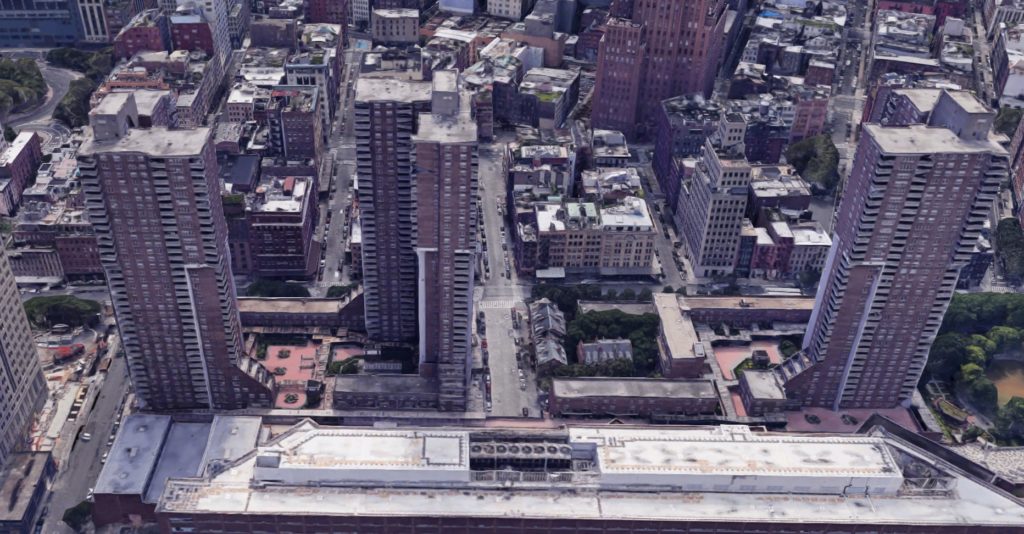HUD’s Section 8 subsidizes $9K monthly rents at Vornado’s Independence Plaza

The three towers of Independence Plaza North (Photo: Google)
Federal government pays millions to landlords above regular subsidy caps
HUD dollars bridge conflict

The three towers of Independence Plaza North (Photo: Google)